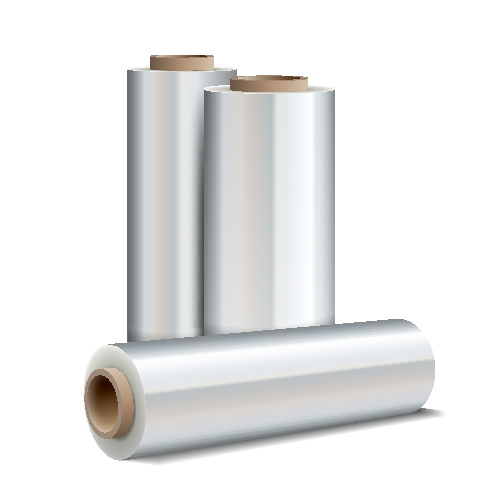
Coated Glass Factories
At Diamond Coatings, we’re not just about providing high-quality coated glass solutions; we’re also committed to manufacturing excellence
All orders placed between December 20th and January 2nd will be processed on January 3rd

Anti Reflective Plastic Film
With modern well-lit environments, the need to reduce reflection has increased and continues to do so. Reflections, often in a bright environment, can reduce visual clarity which can detract from an overall viewing experience.
If you consider artwork within museums, most of these are now framed with, at least, an anti reflective plastic film to enhance a viewer’s experience.
Unfortunately, recently there has been an increased need for anti reflective options as we continue to live with the virus – and safety screens to help stop the transmission. We were proactive at the start of the pandemic and worked with medical institutions and retail environments to deliver the best possible safety screens – ones with zero reflection.
Another important area for anti reflective film is in the advertising sector. Electronic large screen displays have become popular. What is not so popular is, outside, harsh glare from the sun and, inside, a glare from the lighting present.
With digital signage really coming into play in the last few years, it is essential the signage is presented in its best light
Please meet AR1617
Diamond Coatings anti reflective film AR1617 offers some impressive optical properties, which include:
For a more in-depth look at technical details, reflection/transmission graphs and more, please view the AR1617 data sheet here. AR1617 Anti-Reflective film comes complete with an optically clear adhesive on one side and protective film on both surfaces.
We currently supply this AR film in two standard sheets formats – 1Mtr x 1Mtr and also 250mm x 250mm sheet sizes, we can also supply in the standard film width of 1250mm and offer to supply in continuous meters on a roll.
Need More information?
Get in touch with us today regarding your query on our anti reflective plastic film, we would be very happy to assist.

At Diamond Coatings, we’re not just about providing high-quality coated glass solutions; we’re also committed to manufacturing excellence

Our ITO films provide a transparent and conductive layer that enables seamless touch interaction while maintaining optimal clarity

Advancements in coating technology have led to the development of highly effective scratch-resistant coatings that enhance the durability and longevity of acrylic.

If your project requires a material that can effectively conduct electricity, several excellent alternatives to duct tape are available
If you are interested in any of our products or services, please use the contact form or give us a call, we will be happy to discuss how we may be able to help you.